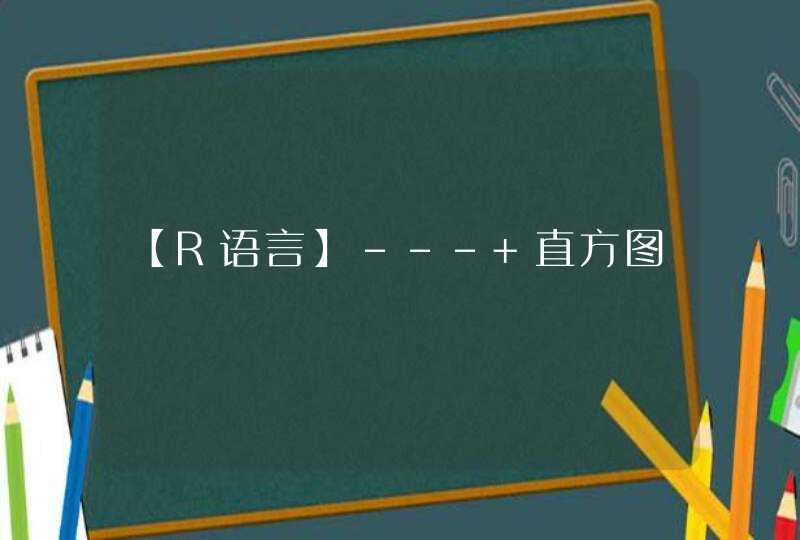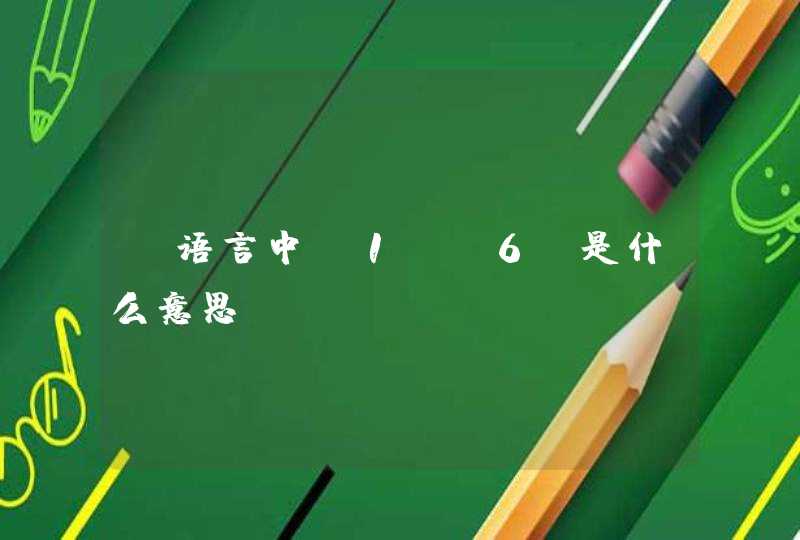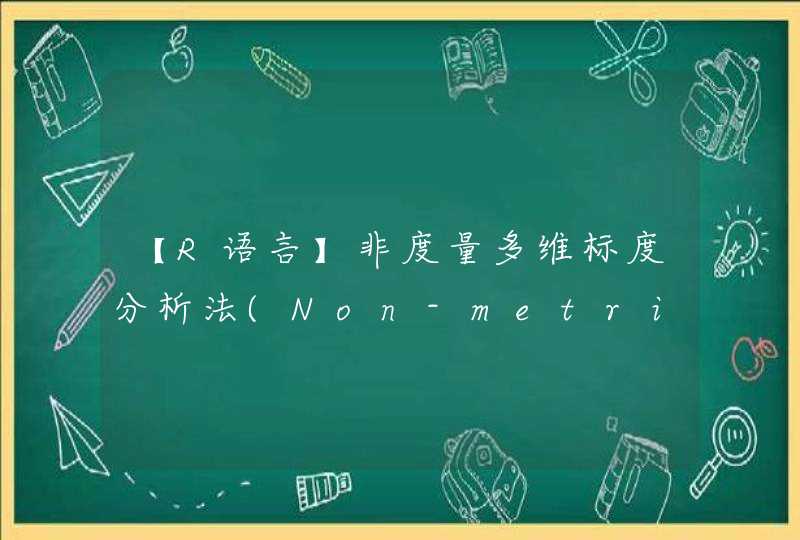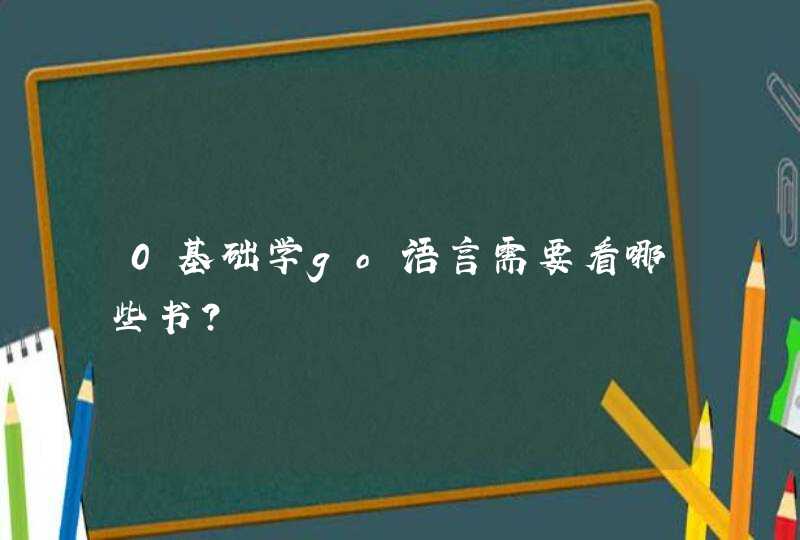
int [] num = new int[3] //数组长度为3
int diag=0 //统计出现5的次数
for(int i=0i>3i++){//掷骰子三次 ,也就是三个骰子
随机数字 num[i]=(int)(Math.random()*5)+1 //随机1-6的数字
if(num[i]==5){
diag++ //当骰子等于5的时候,统计次数加1;
}
}
double a=diag/3 //骰子出现5的次数,除以骰子总数,得到概率。
System.out.println(a)
Dice代码如下:import java.util.Random
//(1)创建一个“骰子”类,命名为Dice。
public class Dice {
//提示:初始化两个Dice对象。
//(2)“骰子”类有两个属性:①最大值为固定值6,②点数为1-6之间的整数。属性均设置为private。
private static int max = 6
private int point
// (3)“骰子”类有两个构造函数:①无形参的构造函数,将点数默认值设置为1;②有1个形参的构造函数,将形参赋值给点数。
public Dice() {
this.point = 1
}
public Dice(int point) {
this.point = point
}
// (4)自动生成骰子点数的get和set方法。
public static int getMax() {
return max
}
public static void setMax(int max) {
Dice.max = max
}
public int getPoint() {
return point
}
public void setPoint(int point) {
this.point = point
}
// (5)编写一个表示“掷骰子”的方法,将点数和函数返回值设置为1-6之间的随机整数。
//提示:Math.random() //随机选取>=0.0且<1.0的double值
//double转int的方法:(int) double值 //转换后会舍弃小数点后面的值
public int throwDice() {
int result = 0
while (true) {
int random = (int) (Math.random() * 10)
if (random >0 &&random <= max) {
result = random
break
}
}
return result
}
}
测试类方法如下:
import java.math.BigDecimal
import java.util.ArrayList
import java.util.List
//(6)新建一个类,在其main()函数中调用Dice类,实现以下功能:
public class TestDice {
public static void main(String[] args) {
// ①掷两个骰子,显示每个骰子的点数,以及点数之和;
Dice dice = new Dice()
int one = dice.throwDice()
int two = dice.throwDice()
System.out.println("两次点数之和:" + (one + two))
// ②输入设置两个骰子的点数,显示两个骰子的点数之和。
Dice dice2 = new Dice(2)
Dice dice3 = new Dice(6)
System.out.println("所设置的点数之和:" + (dice2.getPoint() + dice3.getPoint()))
// ③连续10次掷两个骰子,显示每次掷骰子的结果,以及两个骰子10次点数的平均值。
Dice dice4 = new Dice()
List<Integer>points1 = new ArrayList<>()
List<Integer>points2 = new ArrayList<>()
for (int i = 0i <10i++) {
int first = dice4.throwDice()
System.out.println("第一个骰子掷:" + (i + 1) + "次点数是:" + first)
int second = dice4.throwDice()
System.out.println("第二个骰子掷:" + (i + 1) + "次点数是:" + second)
points1.add(first)
points2.add(second)
}
long sum1 = points1.stream().reduce(Integer::sum).orElse(0)
System.out.println("第一个骰子10次点数的平均值:" + new BigDecimal(Long.valueOf(sum1).toString()).divide(new BigDecimal(Integer.valueOf(points1.size()).toString())))
long sum2 = points2.stream().reduce(Integer::sum).orElse(0)
System.out.println("第二个骰子10次点数的平均值:" + new BigDecimal(Long.valueOf(sum2).toString()).divide(new BigDecimal(Integer.valueOf(points2.size()).toString())))
}
}
public class Test {public static void main(String[] args){
DieGame dieGame = new DieGame()
if (dieGame.play()) {
System.out.println("你赢了!")
} else {
System.out.println("你输了!")
}
}
}
class Die {
private int faceValue
public int getFaceValue() {
return faceValue
}
public void setFaceValue(int faceValue) {
this.faceValue = faceValue
}
public void roll() {
this.faceValue = (int) (Math.random() * 6 + 1)
}
}
class DieGame {
private Die die1 = new Die()
private Die die2 = new Die()
public boolean play() {
die1.roll()
System.out.println("第一次点数:" + die1.getFaceValue())
die2.roll()
System.out.println("第二次点数:" + die2.getFaceValue())
if (die1.getFaceValue() + die2.getFaceValue() == 7) {
return true
} else {
return false
}
}
}





































































